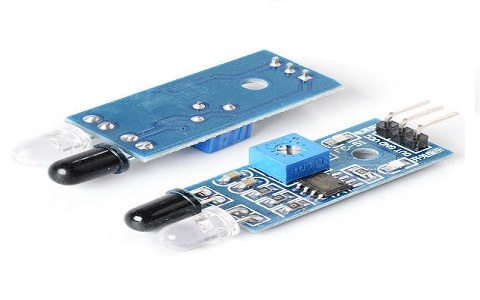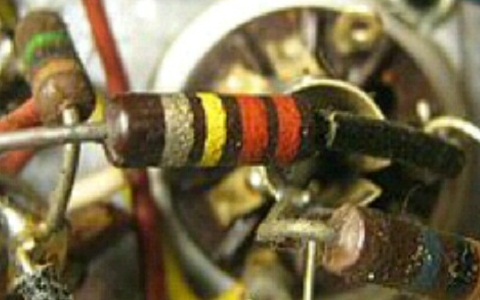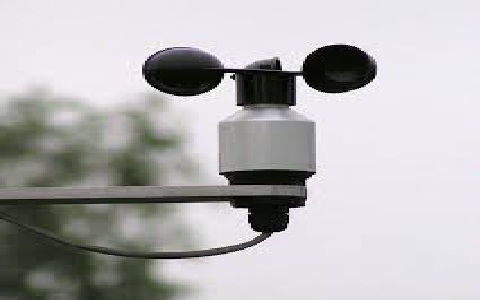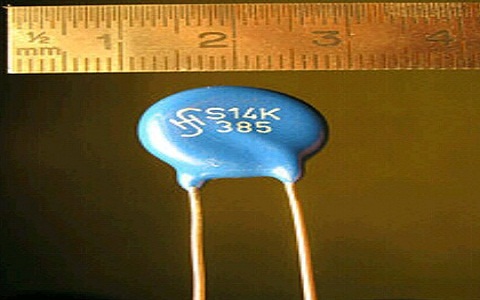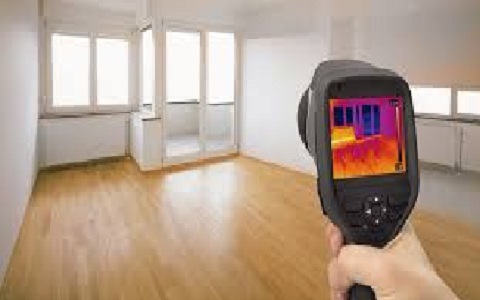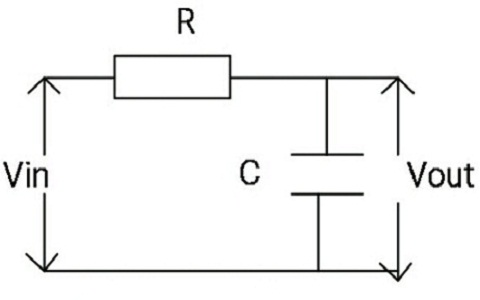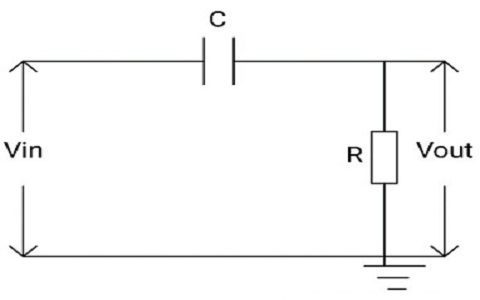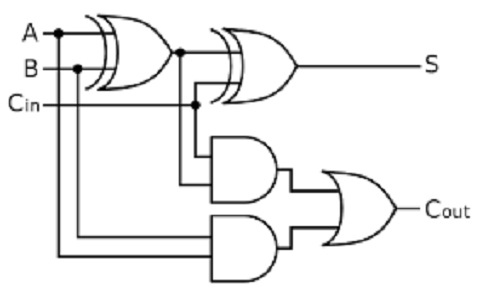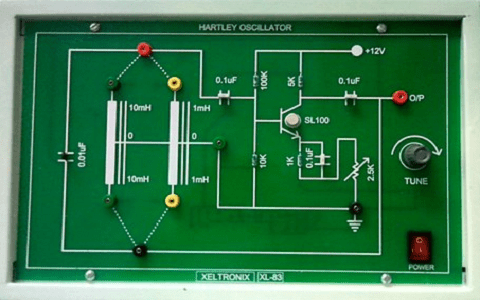An electronic device that senses and responds quickly to physical changes such as distance, pressure, temperature, touch can be referred to as sensors. These are used commercially in various products for temperature monitoring, alarming circuits, and in the Home automation kits, etc... In the practical world, where the motive is to design a user-friendly environment such that various devices information can be controlled, sent, and monitored. This is made possible when the multiple sensors are … [Read more...]
What is Carbon Composition Resistor & Its Working
In electronic circuits, resistors are the passive two-terminal devices used to regulate or reduce the flow of current in the circuit. Mostly fixed type resistors are used in the electronic circuits because of its fixed resistance value. The resistance is determined during the manufacturing process itself and it can't be varied like a variable type resistor. Based on the manufacturing process, the fixed type resistors are divided into 4 types such as carbon resistors, wire wound resistors, … [Read more...]
What is an Anemometer : Working & Its Applications
The first mechanical anemometer is invented by Leon Battista Alberti, who was an Italian artist and an architect in the year 1450. Later on, many changes are made and invented different types of anemometers to measure wind speed and pressure more accurately. The design and its working principle didn't change over hundreds of years. It is a meteorological device that can estimate whether conditions. These are used in many applications like monitoring the weather conditions, measure the air … [Read more...]
What is Metal Oxide Varistor & Its Working
A passive two-terminal semiconductor device that is used to protect electronic and electrical circuits is called Varistor. It protects against over-voltage by clamping of voltage. It is also known as a voltage dependant resistor (VDR) or non-linear resistor. The resistance of the varistor is changed due to the change in voltage across it. The varistors are non-ohmic variable resistors with symmetrical current and voltage features applicable for both DC and AC applications. In AC operations, … [Read more...]
What is a Bolometer : Working & Its Applications
In 1878, Samuel Pierpont Langley, an American astronomer invented a sensitive instrument to detect heat and electromagnetic radiation. This instrument is called a Bolometer which is used to measure the low and medium power of microwave energy. In the 1880s, Langley's Bolometer was invented for the detection of thermal radiation. It can measure the power of electromagnetic radiation by using heating material and temperature resistive element. The Bolometers are very sensitive, efficient, better … [Read more...]
What is a Low Pass Filter : Circuit & Its Working
In electronic devices, the filters are the circuits that allow desires frequency components and blocks all other frequency components of a signal. For example, in radio or tv, a tuning filter circuit rejects unwanted frequencies by allowing only the desired channel. Filter circuits are divided into four types based on the range of frequencies that the circuit would allow while blocking all other frequencies. They are low pass filters, high pass filters, bandpass filters, and bandstop filters. … [Read more...]
What is High Pass Filter : Working & Its Applications
Filters are the electronic circuits that allow particular frequency components and attenuate the unwanted frequency components of an input signal. These are found in various electronic applications to allow a particular range of frequencies of a signal. Basically, filters are divided into two types based on the type of components used in designing and operation. They are Passive filters and Active filters. Depending upon the range of frequencies, filters are categorized into 4 types. They are … [Read more...]
What is Full Adder : Circuit using Basic Gates
Nowadays, digital electronic devices have a wide impact on our living. In our day to day activities, we use cell phones, PDA's, and many more. These comprise comparators, Dividers, Adders, etc. The functionality and performance of this mainly depend on how efficiently these basic circuits operate. Full adder is beneficial in terms of the addition of multiple bits. Each circuit has its advantages and limitations based on the power supply and the propagation delay. Full Adder is the basic … [Read more...]
What is Snell’s Law : Definition & Its Derivation
Initially, Ptolemy a scientist from Alexandria discovered the relation that exists between refraction angles, but his invention failed for a minimal range of angles. In the scope of this Alhazen invented the law of refraction and finally, it was named Snell by the Persian researcher Ibn Sahl. After this many inventors worked upon this law to know the exact principle of this law. Finally, with the enhancement of various electromagnetic and optical concepts, Snell’s law was brought into the modern … [Read more...]
What is Hartley Oscillator : Working and Its Applications
An electronic oscillator in which the oscillator frequency is determined through a tuned circuit consisting of inductors and capacitors is called the Harley oscillator. The invention of the Harley oscillator circuit was done in 1915 by Ralph Hartley, an American engineer. This oscillator is a type of harmonic oscillator. The Hartley Oscillator produces the waves of radio frequencies therefore it is also referred to as radiofrequency oscillators. The tank circuit of the oscillator having a … [Read more...]
- « Previous Page
- 1
- …
- 17
- 18
- 19
- 20
- 21
- …
- 23
- Next Page »
